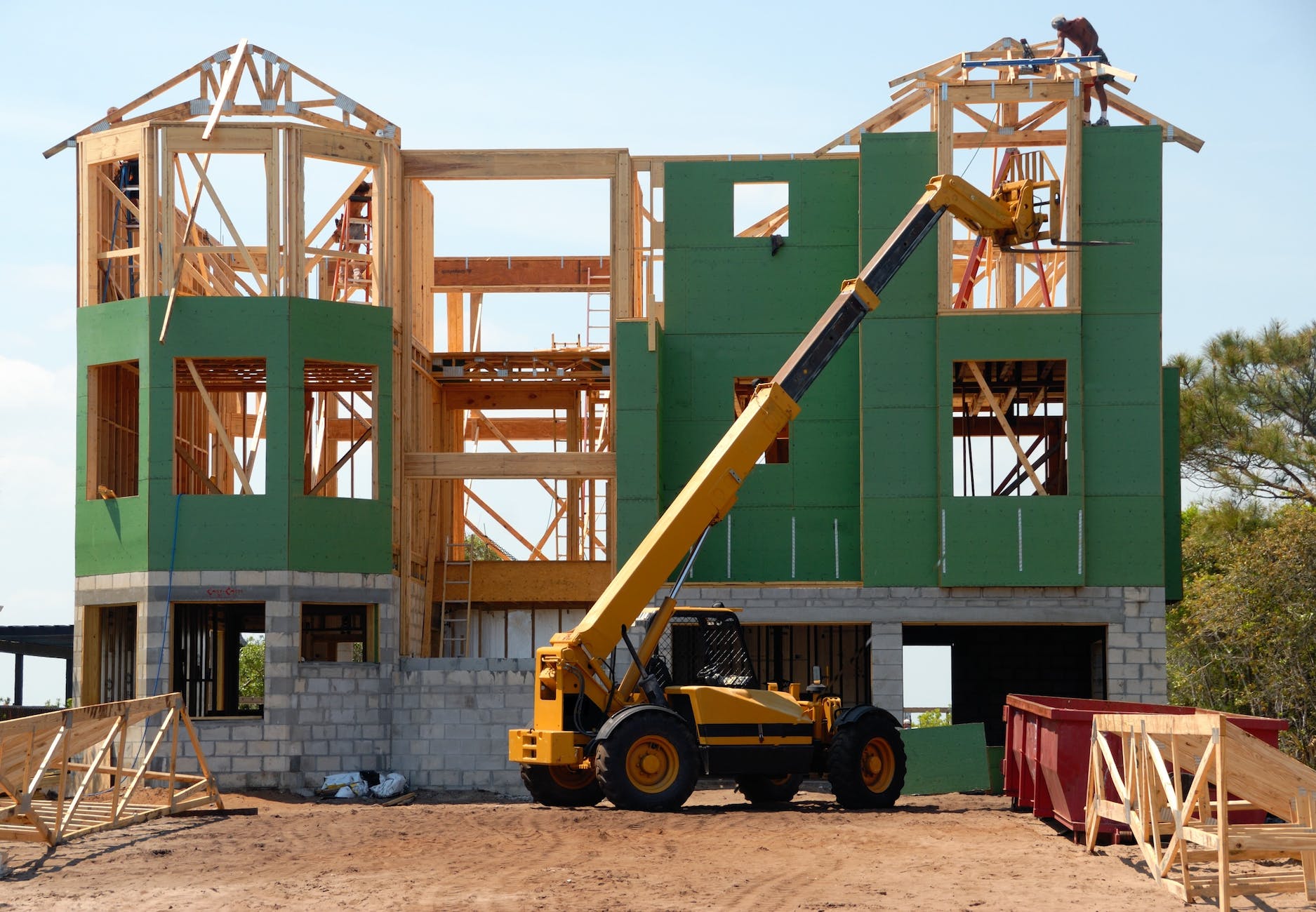
Photo by Pixabay on <a href="https://www.pexels.com/photo/architecture-building-construction-daylight-534220/" rel="nofollow">Pexels.com</a>
Building your own home is a huge undertaking that requires careful planning and consideration. According to owner-built permit data, over 50,000 people build their own homes each year. However, it takes a significant financial, and emotional investment, and those wanting to take this route must be fully aware of everything involved before moving ahead. Read on to learn more.
The time it will take to complete the project.
The time it takes to complete the project will depend on several factors. These include your home’s design, the lot’s size, and the weather conditions. A good general rule of thumb is that it will take approximately one month for every 350 square feet of living area. It is important to note that this is a very general timeline and will likely not apply to your situation. By carefully considering these factors before building your own home, you can increase your chances of a smooth and timely construction process.
Permits and zoning regulations
Before building, you must ensure you have all the necessary permits. Each state has its own regulations for obtaining permits for building, plumbing, and electrical work. Depending on the size of your project, you may need additional permits. If you live in an area zoned for residential construction, you must also ensure that you are building within the zoning requirements for your home’s size, number of bedrooms, and type of neighborhood. If you fail to obtain the necessary permits and do not follow zoning regulations, you risk being fined and having your home demolished. This can add unnecessary stress to an already challenging process.
Is the area connected to utilities?
Before you choose a specific lot to build your home on, you must ensure it is connected to utilities. You do not want to spend thousands of dollars constructing your dream home only to discover that it is not connected to water, sewage, and/or power. It is also important to note that if you are building on a lot that is not connected for utilities, you will likely have to pay a significant amount of money to bring them to your house along with any microtunneling work that will need to be carried out too.
The amount of work you are prepared to do yourself.
Before looking at potential lots, deciding what work you are prepared to do yourself is essential. For example, building your own home will require significant manual labor. If you cannot complete these tasks, consider hiring a contractor for assistance. Contractors can help you with tasks such as pouring the concrete foundations, plumbing, wiring and finishing the interior and exterior of your home. While hiring a contractor can be expensive, it is often less costly than attempting to complete the work yourself. Furthermore, contractors with experience in home building can make the project run more smoothly and efficiently, allowing you to stay on track with your construction timeline.
The type of land you are building on and what it means for the foundations of your home
Before settling on a specific lot to build your home, you must carefully consider the type of land it is situated on. In particular, you must determine if the land has adequate soil for constructing a concrete foundation. If the ground does not have enough soil to support a concrete structure, your contractor may recommend installing a spread footing foundation or a slab-on-grade foundation. The cost of installing these foundations is significantly less than a concrete foundation, but they may not last as long and will likely require more repairs as time goes on. Therefore, it is essential to carefully assess the type of land you are building on to make an informed decision about the kind of foundation you will use.
Conclusion
Choosing to build your own home is essential to consider several factors carefully. By carefully considering these factors, you can increase your chances of a smooth and successful construction process.


